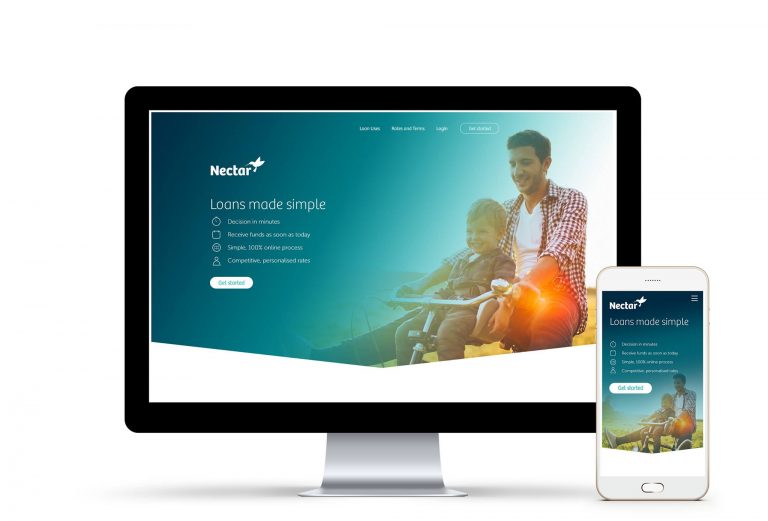Key difference between wireless and fibre when it comes performance

There’s a world of choice when it comes to getting a business broadband package that meets the specific connectivity needs of your company. And with over a hundred service providers offering a range of speed, data and package options, it can all get a little overwhelming.
A good place to start is to identify the type of broadband network technology you go for as that can be a major driver of how well your broadband service performs.
There are a few different types available in New Zealand (fibre, wireless, ADSL, VDSL and satellite) but for the purpose of this article – we outline the difference in how wireless and fibre networks transport data as these are the two main input technologies for business broadband plans.
Wireless
Wireless broadband services (sometimes called fixed wireless) use cell phone networks to provide a workplace or property with internet access.
How it works is radio waves transmit data from a cell phone tower to a modem at the address. This means no lines or cables are required which can make the initial broadband service set up a little easier.
It’s important to be aware however, the strength of the radio signal, also called coverage, can be affected by proximity of the property to the tower.
This means distance and terrain, like hills and valleys, or obstacles like buildings can all play a big part in the strength of the signal and quality of internet access.
As the capacity of the cell phone tower is shared by everyone within coverage, the speed and reliability of an internet connection on wireless broadband, can also be impacted by the number of other users of that cell phone tower at any given time.
These above points are just part and parcel of how cell phone networks provide connectivity and they apply to all generations of mobile networks 3G, 4G and even that 5G wireless plan you might be considering.
Fibre
Fibre is short for fibre optic cable that contains a thin strand of glass so data can travel at the speed of light.
It’s the broadband network technology more and more countries have been shifting towards over the last decade as it offers incredibly fast speeds and plenty of capacity.
It’s a fixed line broadband connection hard wired to your home, which helps with reliability as physical obstacles or terrain don’t negatively impact your broadband performance.
Chorus also works hard to ensure its newly built fibre network isn’t congested so properties can get a consistent broadband speed any time of day.
To get a fibre broadband service at a property requires some installation work to get the cable from the street to the dwelling.
How do they compare for performance?
According to Measuring Broadband New Zealand reporting, 4G Wireless delivers lower download and / or upload speeds than fibre and a bigger variation in speed between peak and off-peak times.
4G Wireless also has the highest latency of all the different technologies measured (which don’t include satellite) – that means a greater risk of delays and dropouts.
For these reasons the report says that Fixed Wireless broadband should not be preferred to Fibre on performance grounds.
Wireless or WIFI?
A wireless broadband service is different from WIFI which confusingly, also is wireless and uses radio signals to transmit data. The difference is that while wireless broadband will carry data to a modem at a property, WIFI is how devices at that property connect to the modem without the need for an ethernet cable.
It’s kind of like an in-home network to cover the last part of the data journey – so while not all broadband is wireless, a range of broadband network technologies (like fibre, and copper) would send data over a WIFI network once it reached the home or building.
















